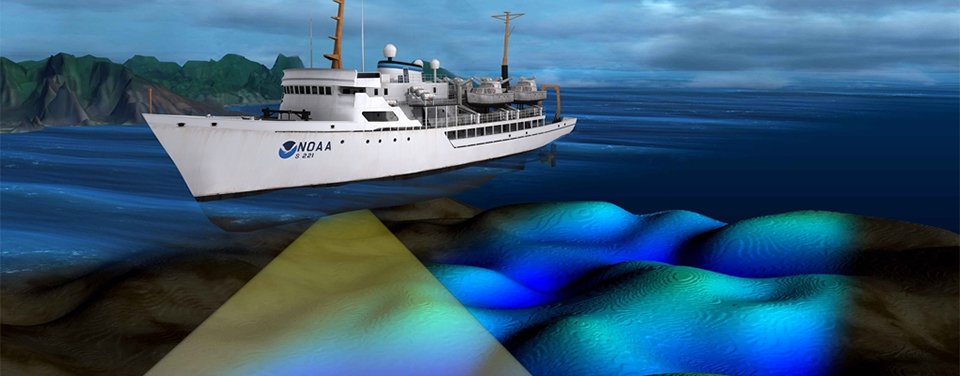
Survey of the land before a building or a structure is constructed over it is carried out to know about the features of the land, its topography and much more. Similarly a survey is to be carried underwater for construction of facilities at the harbor. A hydrographic survey is carried out for numerous reasons, some of which include: determining the depth of water at a particular point, while dredging, or when a moor is being set up in the sea.
As the name suggest, hydrographic surveys basically produce graphic representations of water body, in the form of maps, and other details. This information is then used for navigation by sailors. Many fishing companies use hydrographs while fishing in faraway waters to decide if it would be safe to go further or not. Another use of these surveys is by oil companies that are interested in installing an oil rig. A hydrographic survey of the area will let them know if it is safe for them to set up the oil rig or not. In recent times, many environmentalists have also resorted to hydrographic surveys to study environmental degradation.
Don’t confuse it with hydrograph!
It is a general human tendency to confuse similarly spelled or pronounced words interchangeably. In order to ensure that you don’t do the same, here I what you need to know: a hydrograph is a graph that represents the flow of water and is mostly done to see how much water a river carries. However there is stark difference between a hydrograph and a hydrographic survey. This survey studies and records the topography of land underwater.
A hydrographic survey can be carried out by people and companies in both public and civil surveyor. And Australia has its own national authority that carries out surveys and research in this field. People often falsely believe that a surveyor is a single person doing it all; this is incorrect as number of people surveying water depends upon the scale of your project. Mostly a team is working on a hydrographic survey, which comprises of surveyors, cartographers so that data can be represented on a map, and many more such personnel.
Then versus Now
In the olden days, carrying out a hydrographic survey was extremely difficult and people sometimes had to go to extreme lengths such as diving in to measure the depth of water and so on. But as time progressed, and with all the recent technological advancements, there are numerous devices that hydrographic surveyors use these days such as sonar beams and scanners. These devices help in getting accurate results, which are extremely important for construction etc. one thing that needs to be known is that not all the data that is recorded is used, for instance the measurements of the tides and other details are sifted through to reach valuable conclusions.